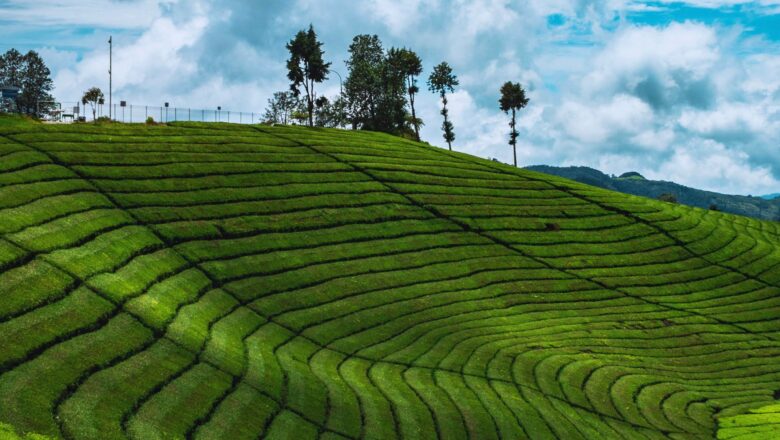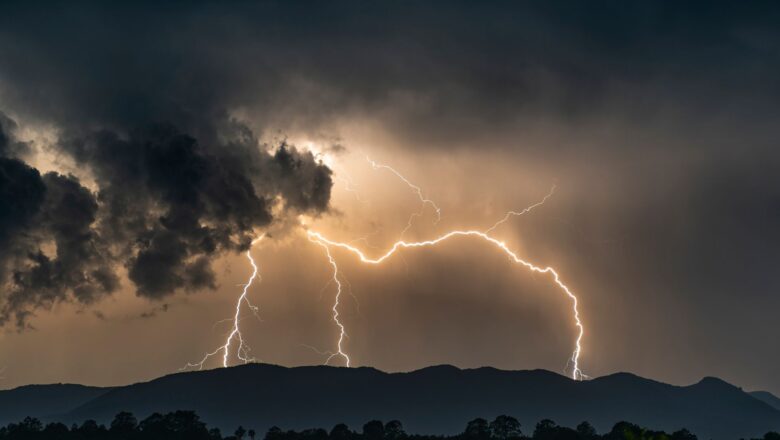
IMD Warns of Heat, Storms & Rain Across States from May 3–9
Hot & Humid Spell Over Tamil Nadu, Puducherry and Karaikal
The India Meteorological Department (IMD) has forecasted intense hot and humid conditions over Tamil Nadu, Puducherry, and Karaikal on May 3, 2025. With temperature and moisture levels set to rise, residents are advised to stay indoors during peak hours and hydrate frequently to avoid heat-related illnesses.
Southern India Braces for Thunderstorms, Rain & Hail
South Peninsular India will see widespread weather activity over the next seven days. Light to moderate rainfall accompanied by thunderstorms, lightning, and strong winds (30–40 km/h, gusting to 50 km/h) is expected over Karnataka, Telangana, Andhra Pradesh, Rayalaseema, Kerala, Tamil Nadu, Puducherry, Mahe, and Yanam. Isolated hailstorms are also likely ...









